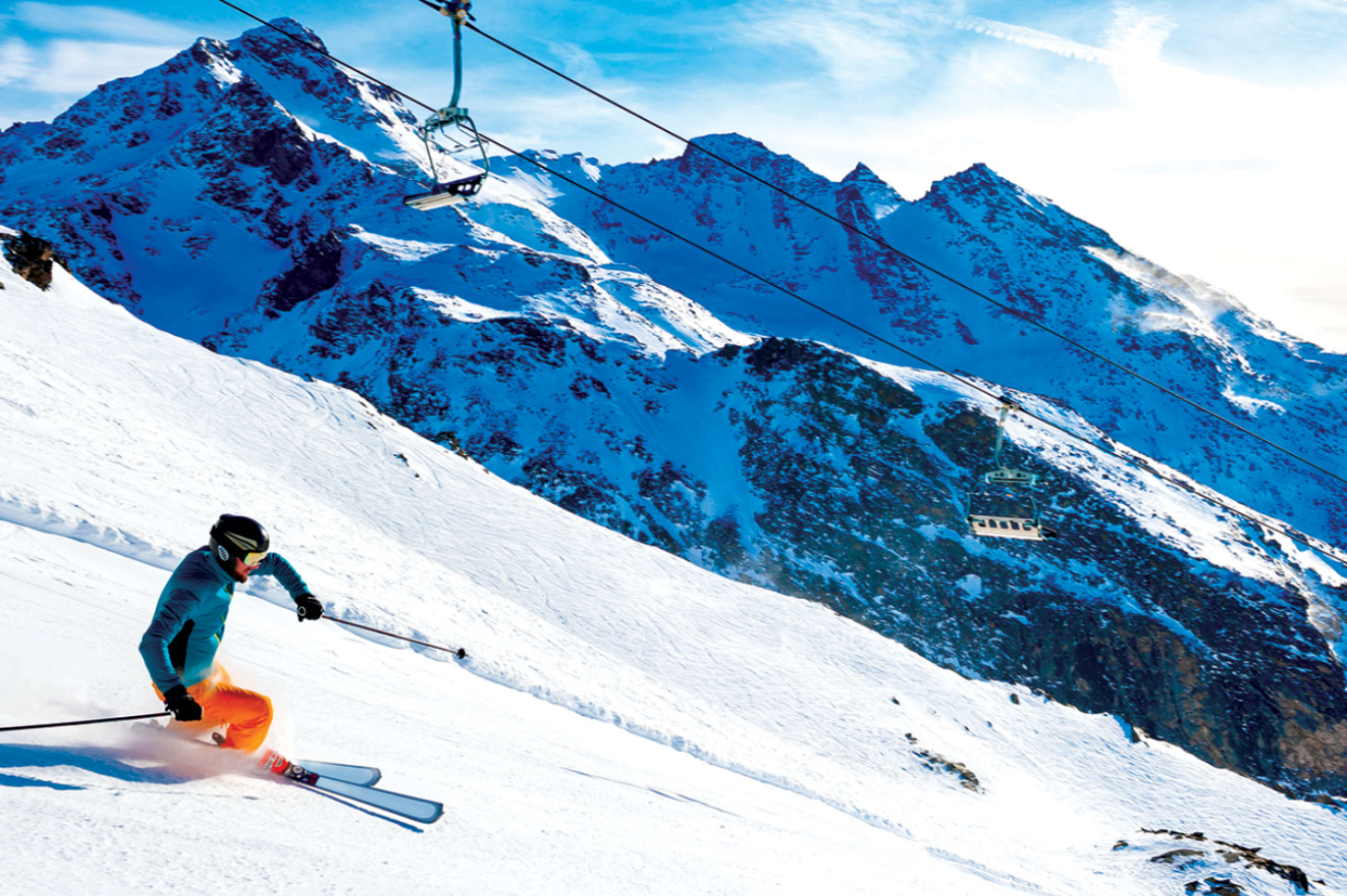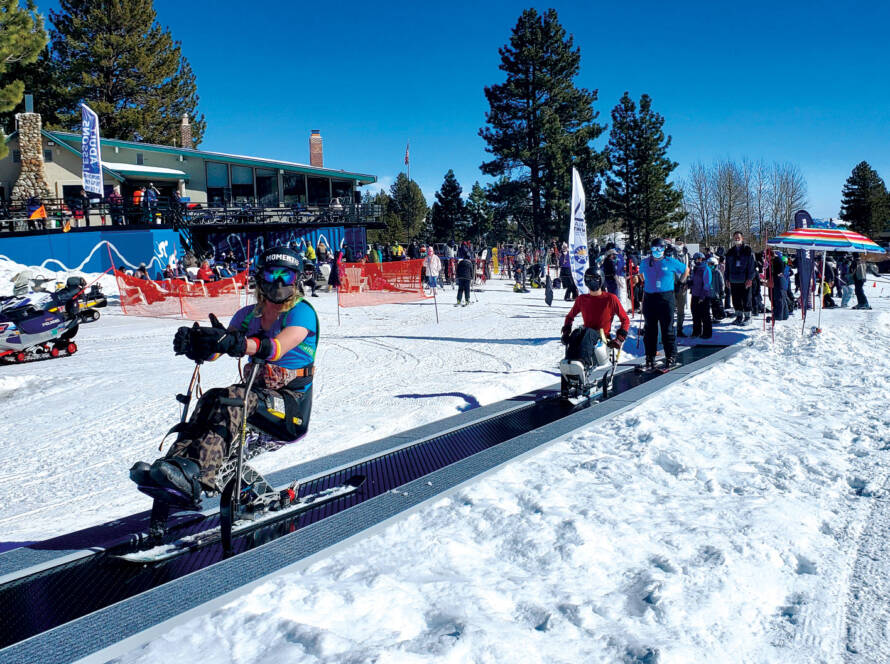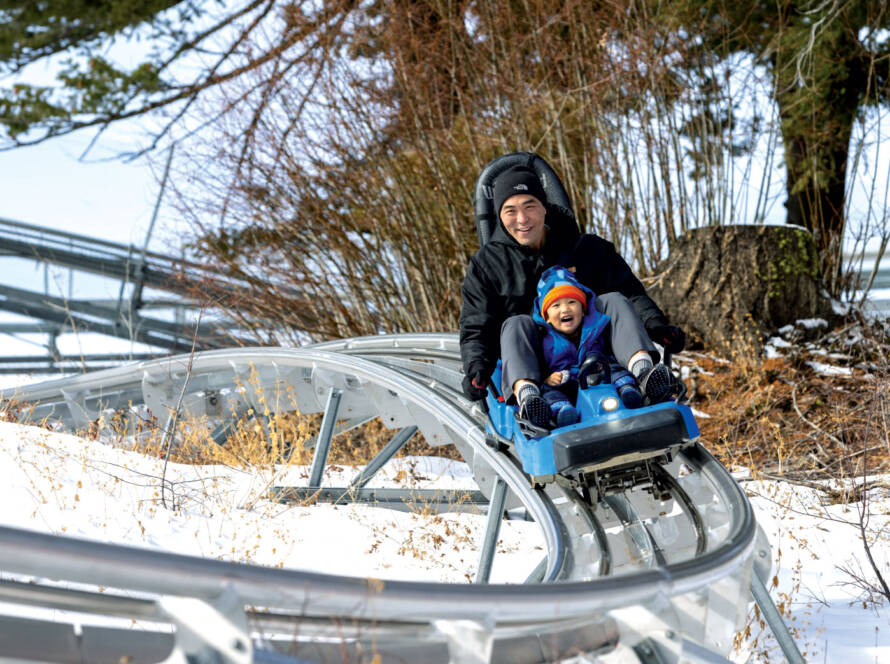Following a couple of tough pandemic years, the U.S. ski industry is enjoying a renewed sense of optimism as outdoor enthusiasts pack up their skis and snowboards and head back to alpine resorts.
In fact, the National Ski Areas Association (NSAA) says U.S. ski areas reported an overall increase in skier visits last year, and that trend is expected to continue into 2023.
“In 2021-22, we saw record skier visits with 60.7 million,” said Adrienne Saia Isaac, NSAA’s marketing and communications director. “Traditionally, [pre-pandemic] skier visits have hovered around the low-to-mid 50 million mark.”
She says it’s a positive trend to see more people exploring winter sports after being trapped inside during the height of the COVID-19 pandemic.
“People found outdoor recreation to be a return to normalcy in their lives. It’s exciting that people saw downhill snow sports as an escape.”
NSAA’s member resorts account for 90 percent of skier visits in the country. The association also represents between 300 and 400 supplier members, plus associated members such as state ski associations, colleges, universities and other non-profit organizations.
Isaac says the NSAA has done a lot of work to identify today’s skiers and snowboarders, tracking their preferences to determine what sort of consumer experience would keep them engaged.
While demographic data shows that most skiers and riders are men in their 40s and 50s, the NSAA believes more must be done to attract women and youths to the ski hill.
“The U.S. population is highly diverse,” said Isaac. “Young skiers make up a significant chunk of skier visits. But our data is not necessarily reflecting how diverse our youngest Americans are. We think there’s a need to make outdoor recreation more inclusive.”
To attract newbies who have never skied or snowboarded, the NSAA advocates more inclusive resort marketing campaigns. It is also developing supportive staff training programs to help make everyone feel welcome.
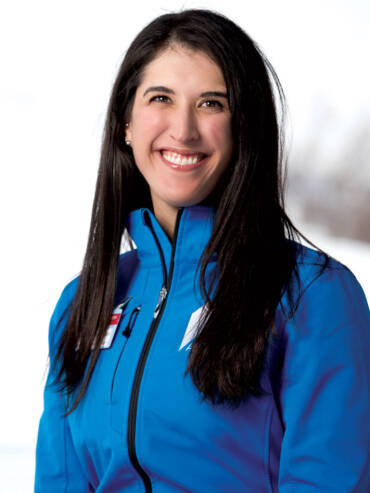
“We tend to have a lot of lingo in our industry, so anything you can put out to help demystify the sport is very helpful,” said Isaac. “From a broader systemic perspective, there is a lot of education that needs to be done in our mountain communities. NSAA believes we can develop and provide that training to our members.”
In fact, NSAA is getting ready to launch what Isaac calls a “DEI 101 module” designed to give alpine resort staff a foundational understanding of diversity, equity and inclusion principles. The course will be free to all NSAA members, who are encouraged to enroll their front-line staff.
NSAA has also partnered with the Society for Human Resource Management to develop inclusive workplace training for leaders and HR professionals at alpine resorts.
“By training our staff to create an inclusive environment, it makes staff with diverse identities feel more welcome,” said Isaac. “When your guests see you demonstrating the values that are important to them, that’s where we feel we can have the greatest impact – and do so for seasons to come. We want to make sure we are providing safe, fun and inclusive workspaces. And places where people can play.”
Trends and technology
Aside from efforts to broaden its customer demographics, the ski and snowboarding industry is tracking other key trends to identify what experiences will keep customers coming back.
Ski touring – where skiers forgo the lift and instead use special gear to ascend the mountain – enjoyed a big boost during the past couple of seasons. Improvements in touring gear enabled more people to participate as people looked for lower-risk recreation when COVID-19 was at its worst.
Isaac says there has been a change in uphill touring statistics over the last decade.
“In the 2012-13 season, 57 percent of U.S. resorts did not allow uphill traffic at all,” she said. “In 2021-22, over 58 percent [allowed] it, even if on a somewhat controlled basis.”
As for snowboarding, it tends to be more popular in different regions of the country, including the Pacific Southwest, followed by the Pacific Northwest and the Southeast. Nationally, snowboarders represent 28 percent of skier visits, and Isaac says it tends to be more popular with beginners and people of color.
“When you look at skate parks, I think that skill set translates to snowboarding,” she said. “I think it’s important for ski resorts to continue offering snowboarding facilities, rentals, etc. It’s still a significant way of getting down the hill and gaining entry into the sport.”
Freestyle skiing always enjoys renewed interest during Olympic years. While only a handful of ski areas can accommodate that level of professionalism – and building that kind of terrain takes a lot of expertise – Isaac says the average consumer starts in smaller parks with elementary features.
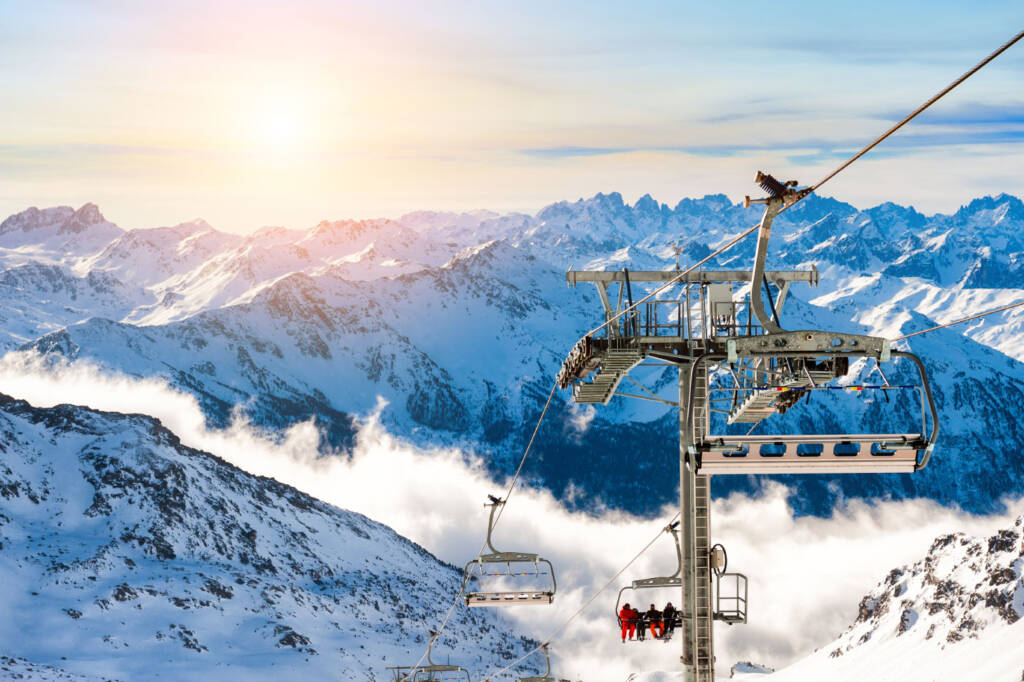
“There is an indoor, year-round snow dome in New Jersey called Big Snow, and it’s the first in the U.S.,” she said. “This indoor snow dome has one slope dedicated to park features, and they sell sessions in two-hour blocks. You see young adults out there riding the features with their friends. That’s exactly what you need for practice. Seeing ski areas leaning into the progression and building skills is cool.”
No matter their chosen gear, nearly every customer at an alpine resort carries a smartphone – and savvy resorts are harnessing technology to improve guest experiences.
“The ski areas who are setting themselves up for future success are the ones who are simplifying their product mix and purchase process,” said Isaac. “The biggest piece of the puzzle when you’re managing consumer expectations is e-commerce. It can get overwhelming, especially if you are trying to book lessons and rentals in addition to tickets.”
Offering discounts for advance online purchases and lower-priced weekday incentives are successful strategies. Several resorts offer clearly outlined packages that include everything customers need for their ski day.
“Every season, evaluate who your customer is and what they are looking for,” said Isaac. “How can you loop a rental package into a lift ticket or season pass? Make your systems more user-friendly and implement things like mobile ordering for food and beverages or table bookings. Give your guests the tools to make their day run a bit smoother.”
Mapping and location technology also play a big role at resorts, since customers want to know where family members and friends are on the mountain. Some season passes feature radio-frequency identification (RFID) technology that allows resorts to track which lift a customer last used, for example.
“Ski areas that I never thought would implement technology are doing so,” said Isaac. “We’ve seen growth in that area. Ten years ago, maybe 14 percent were using RFID to track season passes. Now, half of them do. It also removes stress on the labor pool by taking human scanners out of the mix, at a time when labor shortages are affecting the snow industry.”
Technology impacts alpine resorts in other ways, including the development of automated snowmaking machines, high-tech snow groomers and improved ski lifts.
“Those technologies have made us more efficient as an industry. Everything is getting smart. For example, lift ticket pick-up kiosks make a more seamless experience, where you order tickets online and pick them up at a kiosk.”
The snow industry is a weather-dependent, high-capital business. As climate change continues to impact winter snow sports, Isaac says some resorts are seizing the chance to lead the industry into the future.
“There are exciting opportunities where we can be leaders advocating for climate action,” said Isaac. “We are resilient even in the face of warming temperatures and extreme weather events.
“Ski areas are using their powerful voices to create change.”

